Useful properties of tarragon herb
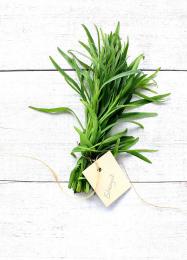
Tarragon is also known as dragon's wormwood or tarragon. It belongs to the genus wormwood and may be called dragoon grass in other places where it grows. Its homeland is in Eastern Siberia and Mongolia. Therefore, tarragon is a very unpretentious plant that can grow in any place. You can recognize it by the height of the bush (up to 1 m) and the characteristic shape of the leaves, reminiscent of the forked tongue of a dragon.
Content:
- Types of tarragon
- Use of tarragon in medicine
- Use of tarragon herb in cooking
- Storing tarragon herb
- Growing tarragon
Types of tarragon
Tarragon is a plant with erect stems, colored yellow-brown, on which elongated, pointed leaves of an elongated shape are located and has a woody rhizome. In Russia, it blooms for 2 months - August and September are covered with pale yellow flowers, and bear fruit in October.
Tarragon is divided into 2 forms: French and Russian.
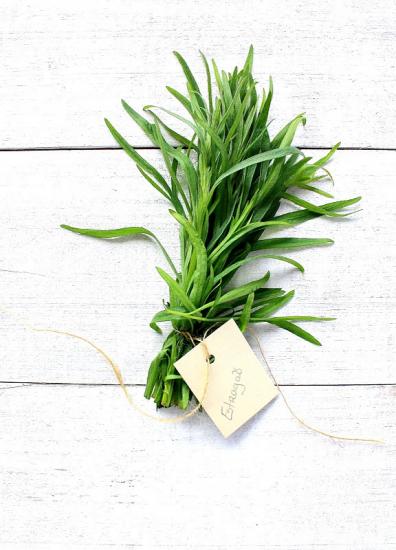
The French form is distinguished by its low growth and few branches and flowers. The Russian form is a larger spreading plant, characterized by a weak aroma, high frost resistance and fruiting in the southern regions.
Use of tarragon in medicine
Tarragon leaves contain many substances necessary for the body: ascorbic acid C, carotene A, rutin, alkaloids, essential oils and flavonoids, B vitamins - B2 and B1, magnesium, coumarin, potassium, iron, phosphorus.
The beneficial properties of this herb are widely used for a reason in folk medicine. It has an effective anthelmintic, anti-inflammatory and weak diuretic effect. Greens are used to strengthen the walls of blood vessels, improve impotence and for digestive disorders.
Tarragon is recommended to be used for vitamin deficiencies, headaches and toothaches, as well as to improve sleep, normalize the menstrual cycle and the functioning of the sex glands. With its help, various respiratory diseases were successfully treated - pneumonia, bronchitis, even tuberculosis. An alcohol tincture of tarragon roots has an effective anticonvulsant and sedative effect. Now it is often used in salt-free diets and dietary recipes, because it has a positive effect on vitality, strengthening the immune system, supplying the body with nutrients and purifying the blood of harmful ones.
It is contraindicated to consume tarragon in large doses; it will cause enormous harm to the body - from nausea, vomiting to convulsions and loss of consciousness. It should not be used by people with stomach ulcers, gastritis with high acidity, or during pregnancy, as this risks miscarriage.
Use of herbs in cooking
The beneficial properties of tarragon are no less in demand in cooking. It has a piquant, pungent taste and a strong spicy aroma, distinguishing itself from other herbal seasonings. Quite often it is added to vegetable (appetizers, okroshka, broths, vegetable soups) and meat dishes, salads and sauces. It is possible to use tarragon greens as a side dish for various dishes.
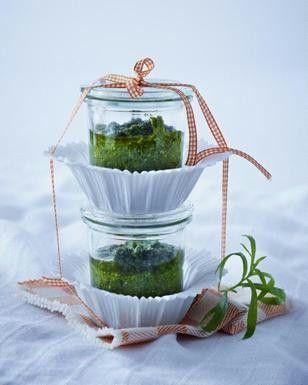
Tarragon leaves used for preserving various vegetables, giving them fragility and a unique flavor. If you use them when soaking apples or sauerkraut, this will extend the shelf life of the products.They are also used to prepare spicy vinegar for fish, Tarragon soda and various alcoholic drinks.
Storing tarragon herb
Unfortunately, it makes no sense to dry this herb for the winter; it will almost completely lose its smell. But it can be used to prepare weak medicinal tinctures and tea. To preserve tarragon herb as a seasoning, you can freeze it.
It is done in two ways. The first is that the washed bunches of greens are first wrapped in a towel, removing excess moisture on the leaves, and then in film and placed in the freezer. For the second method, finely chop the washed bunches of greens and pour a little dry white wine into a stainless pan. After evaporation, pour tarragon into it and stir. After it has cooled, pour it into special bags or wrap it in small briquettes with film. Place in the freezer and use in doses as needed.
Growing tarragon
In the modern world, you can buy almost everything on the market, including tarragon or tarragon, but some people prefer to grow him yourself. In the middle zone, its more common form is Russian tarragon. If desired, it is not so difficult to grow another form - French tarragon. It is easily propagated vegetatively - by dividing the bush or cuttings. You can cut leaves from it already in the first year after planting it on a plot or in a greenhouse.
In an apartment or on a balcony it can be grown from seeds, planting seedlings in March, which will sprout in 2-3 weeks. After 1-2 months, the grown plant can be placed on the balcony. Don’t forget to water on time and get rid of weeds if any appear.Closer to autumn, tarragon can be trimmed and used to prepare decoctions, tinctures or as a seasoning.

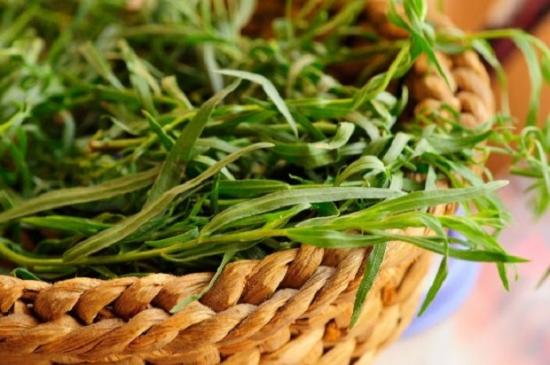
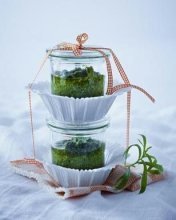
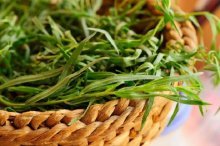

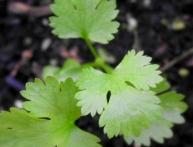

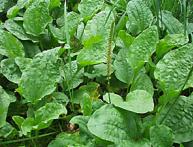
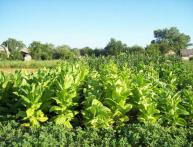
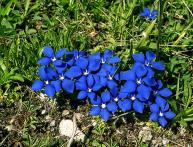
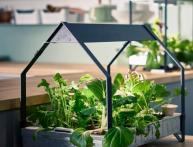
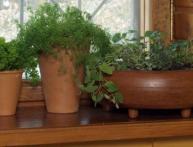
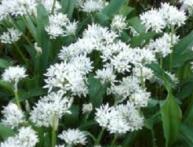
Comments
And I grow tarragon on the balcony in a box. I cut off the emerging shoots with scissors when necessary. Although my family likes to just look at it more when the tarragon is fluffy.
Hmm, it was funny to learn about the complete loss of aroma of this herb. After summer-autumn preservation, I always leave a mixture of herbs for pickling cucumbers for the next spring/summer, when it is still impossible to buy the necessary herbs, but I already have cucumbers and want lightly salted ones :).
I always thought that tarragon was almost an exotic plant, and I was very surprised that its second name is tarragon! I took an infusion of tarragon during pregnancy (I bought it at the local market), and it relieved swelling very well!
I also have this plant. I grow it for decorative purposes; it complements our landscape design. But this herb has not yet been used for medicinal or culinary purposes.
I also have this plant. I grow it for decorative purposes; it complements our landscape design. But this herb has not yet been used for medicinal or culinary purposes.
My grandmother grows tarragon in her dacha as an ornamental plant. I couldn’t imagine that it has so many beneficial properties and can be used in medicine. True, she brews it like tea and drinks it when it’s hot outside.
But I’ve never added tarragon anywhere, and I didn’t even know what it looked like. Strange, you will definitely have to ask your neighbors. There are so many useful things in this seemingly simple herb.